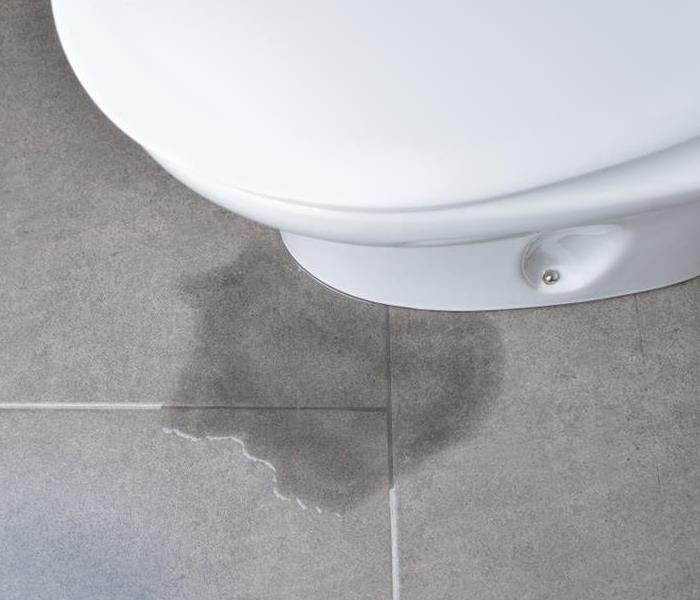What to do when your toilet overflows
2/13/2023 (Permalink)
A toilet overflow is a serious problem that needs immediate attention. If not addressed immediately, it can cause extensive damage to your home. There are many reasons a toilet can malfunction in your home leaving water damage in your home or business.
Common Cause
A clogged toilet or pipe is one of the most common causes of an overflowing toilet. If you've recently flushed something that shouldn't have been flushed, such as greenery or paper towels, your toilet may be clogged. If you don't know how to unclog it yourself, call a plumber right away!
If your septic tank is dirty or full, this can cause sewage backups into homes and basements through drains and pipes that run under buildings as well. The best way to prevent this issue is by having regular septic system maintenance checks performed on your home and hopefully preventing any issues before they start!
Black water
In addition to the mess and damage, black water from a toilet overflow contains harmful bacteria and viruses that can lead to other issues throughout your home. It's best not to touch or inhale black water from an overflowing toilet because it may contain bacteria. The first thing to do in case of an overflowing toilet is to switch off the valve next to its base. If you are not sure where it is, look for a lever or knob on one side of the toilet that can be pushed down and pulled up again. This will turn off water flow into your home's supply system until further notice.
Shut off Main Valve
Next, if you haven't already done so, shut off the water supply at the main valve. This may be inside or outside of your home depending on how old it is and whether or not it has been renovated. If there's no shutoff valve next to your toilet (or if you can't find one), call a plumber immediately.
You'll want to turn off both hot and cold valves on either side of each faucet before shutting off those main ones since they're connected by pipes under pressure and could spring leaks otherwise.
Clean up
If any surrounding areas are soaked in water, soak up as much excess water as possible using towels. If you have a vacuum cleaner with a hose attachment, it may be helpful to use it to remove excess standing water from the area around your toilet bowl. If there is any standing water left after this step, and especially if this is an ongoing issue, it's best to call a plumber instead of trying to fix it yourself with tools like mops and brooms that could cause further damage if used improperly
Call a professional Restoration Service
If you have a minor overflow, it may be tempting to try to clean up the mess yourself. However, even if you think that your bathroom is still usable after an overflow incident, it is important to call a professional restoration service like SERVPRO as soon as possible.
A professional restoration service can help you evaluate how much damage has been done and determine how best to restore your property back to its original state. They will also ensure that all of their work complies with local regulations so that future problems do not occur again.
Even if you don't think your overflow was major or urgent enough for SERVPRO services, we would still recommend calling them right away so they can begin working on getting things back into order before things get worse.






 24/7 Emergency Service
24/7 Emergency Service
